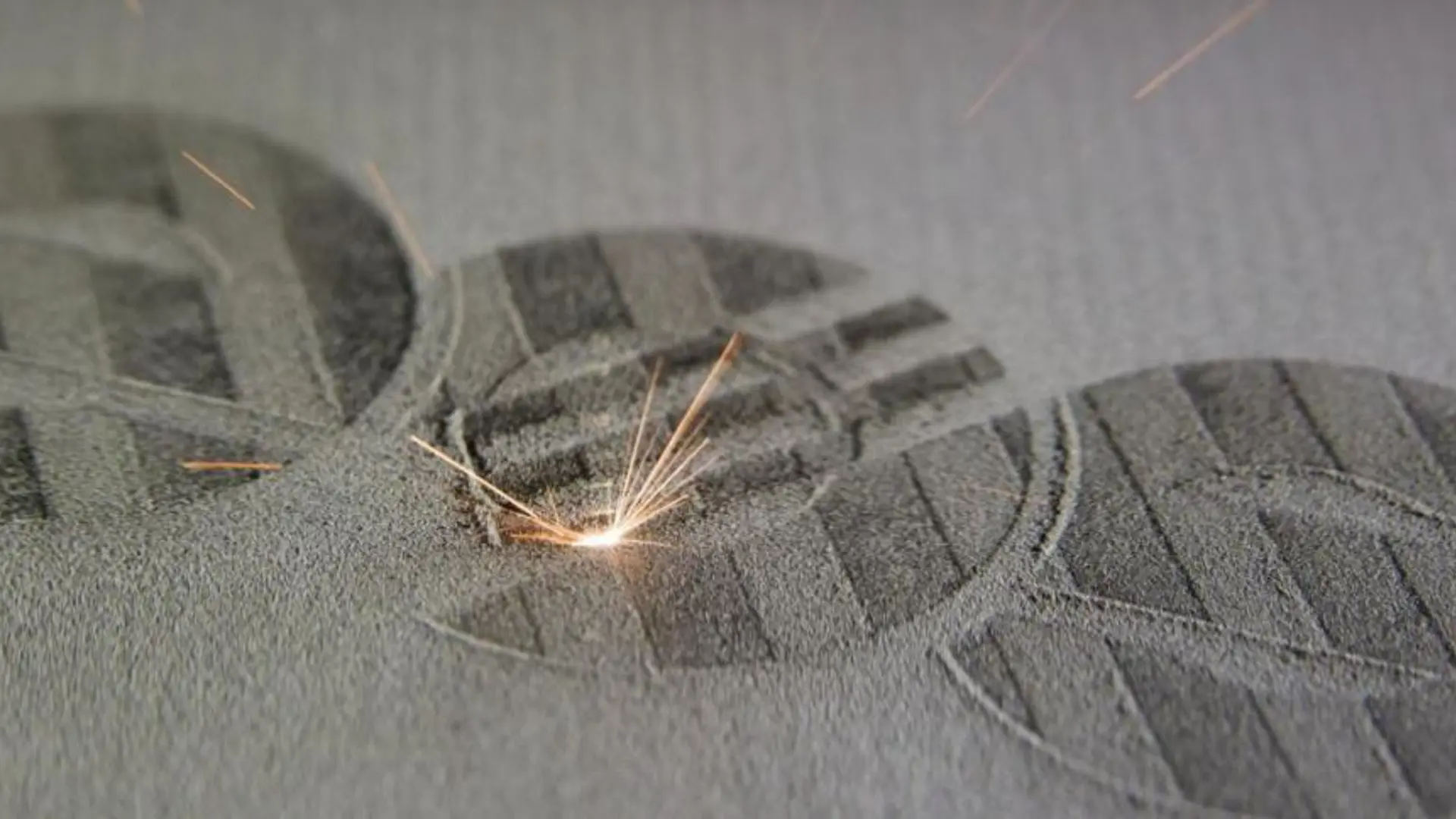5 myths about additive manufacturing dispelled
Despite being one of the major innovations that make manufacturing more efficient, the pace of adoption of additive manufacturing has been slow due to certain misconceptions. Here’s a look at five unsubstantiated myths about additive manufacturing.

The past few decades have seen a number of disruptive innovations emerge and become industry mainstays. For the manufacturing industry, these innovations have been geared towards driving effective manufacturing by making the process more efficient. Today, additive manufacturing (AM) stands as one of the major innovations that is helping to achieve this goal. Its impact can be seen in the fact that, according to the Wohlers report, the AM industry grew by 17.4 percent in worldwide revenue in 2016.
Industries such as healthcare, auto, dental, cosmetics, tooling, aerospace and defence are aware of the potential advantages of additive manufacturing.
However, the pace of its adoption in industries has been slow due to the presence of certain misconceptions attached to the technology. Listed below are five unsubstantiated myths about additive manufacturing that plague the industry today.
Myth 1: additive manufacturing is too expensive
The key to lowering costs in additive manufacturing process (AM) is the design. Your design defines the cost and the value it brings to the product or the end customer. It should be acknowledged that additive manufacturing is just another production process like casting, forging, etc. So, similar to how we design for casting or design for forging, we must design for the additive process. A common mistake here is that industries use the component which is designed for casting or machining, and this leads to higher costs since a process like machining improves only certain areas to reduce the machining time and thus leaves behind a bulky part. Such economics works for conventional manufacturing processes but not for additive manufacturing since we grow the part one layer at a time. So, through AM, we can precisely deposit the exact amount of material needed for the part, thereby even reducing the weight of the part.
So, the key to cost is the design. If we design the product as per the advantages which additive manufacturing offers, the part itself can be a game changer. There are several examples of this from aerospace, space, tooling, etc.
Myth 2: additive manufacturing can manufacture anything
Due to limited exposure about the additive process, many industries mistakenly think that this technology can be used for manufacturing everything. However, the key to success is to identify the right parts for this process. This means that one must check not only the technical and economic feasibility of AM, but also ascertain the value that can be created in the part which will benefit the end user. There are many parameters which are thus available to select the right parts, and it is important for anyone who is keen to get into AM to fully understand them to be successful.
Some companies have further understood this need and are offering integrated consulting programmes that focus not only on part screening/selection, but also on design for additive manufacturing, to help industries adopt AM faster and be successful.
Myth 3: additive manufacturing is a slow process
While this myth does contain some amount of truth, a lot of investment is being diverted today to industrialise this technology. Technology today is very suitable for high-mix low-volume production. Also, AM can be a great tool for mass customisation.
The key today is to first understand how to print good parts. This learning would take time and it can be mastered with experience.
So, the companies which adopt them today would be preparing not just for today’s needs, but also for tomorrow’s since they know the power of this disruptive technology.
With the need to optimise manufacturing continuing to rise, AM processes are set to see greater demand in the future. Upgrading and mainstreaming AM machines will help in sector customisation over time and will ultimately enhance the quality of parts produced. Thus, it is imperative that companies understand the future potential of AM rather than judge its pace based on current levels of technology.
Myth 4: additive manufacturing parts are inferior than conventional parts
Since the most popular additive process is concerned with powder bed technologies, the immediate correlation takes place with parts produced by powder metallurgy; hence, it is often believed that these parts are not dense. The DMLS-based additive process uses single alloy metal powder which is free from binders. This means that during the laser interaction with the powder, it melts the powder completely and forms the geometry. So, the parts manufactured by this additive process are better than those produced by casting and are closer to the wrought level. Several such tests have been done by EOS on its machines and the data sheet of these laser sintered properties are available in the public domain.
So, today the parts produced by these processes are used in a variety of demanding applications like jet engines, gas turbines, motor racing, etc.
Myth 5: additive manufacturing limits the choice of raw materials
Today, tested materials with verifiable part properties are titanium, tool steel, aluminum, stainless steel, Inconel 718, Inconel 625, hast alloy, cobalt chrome, and tungsten.
However, since machines are provided with editable architecture and are suitable to test and configure many new powders, this is no more a limiting factor as long as the raw materials are available in the specified powder form and are weldable.
However, this is much easier said than done. So, it is important that OEMs lead the path with integrated consulting packages that can offer solutions which widen the scope of additive manufacturing applications and materials.
(Disclaimer: The views and opinions expressed in this article are those of the author and do not necessarily reflect the views of YourStory.)







